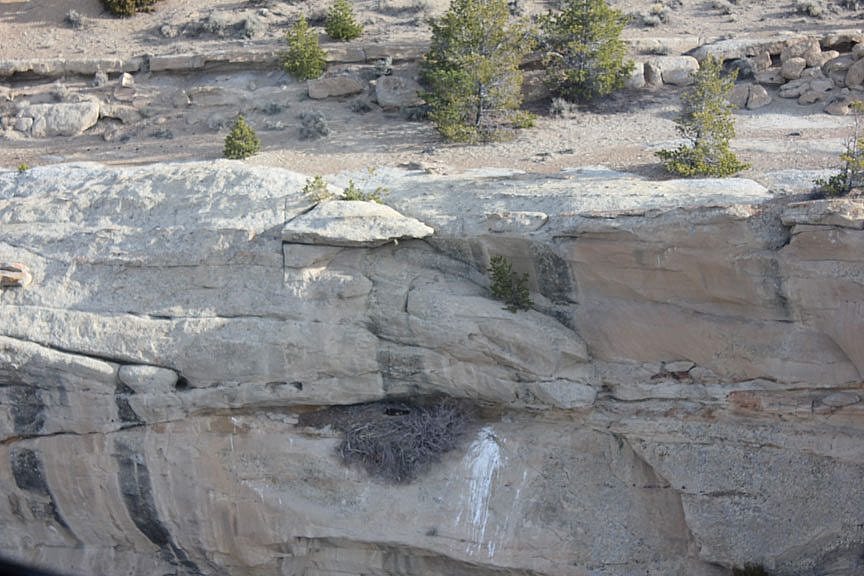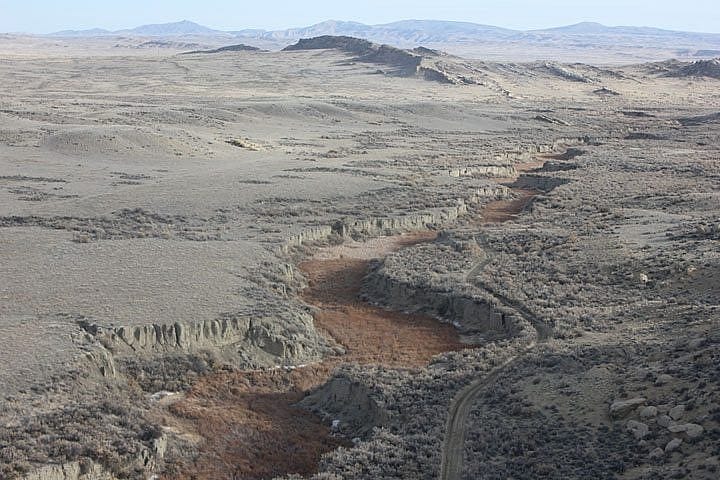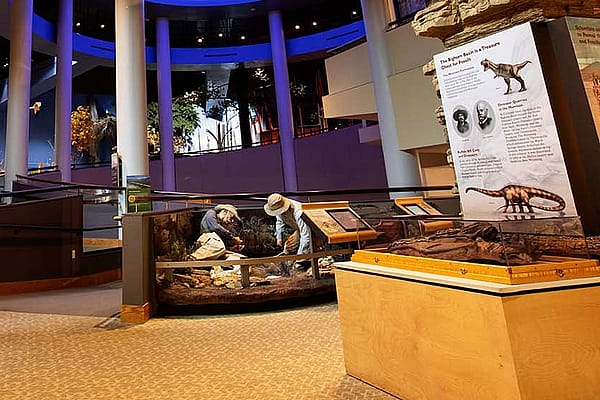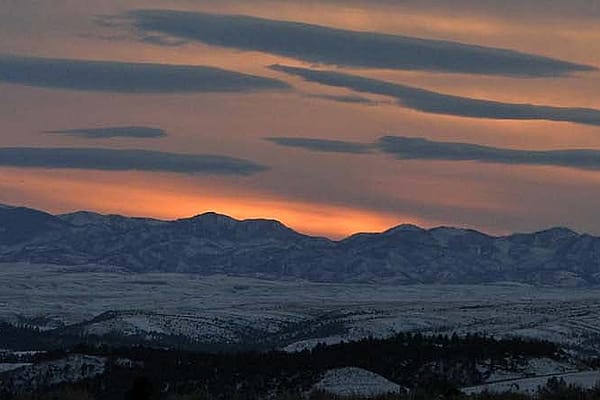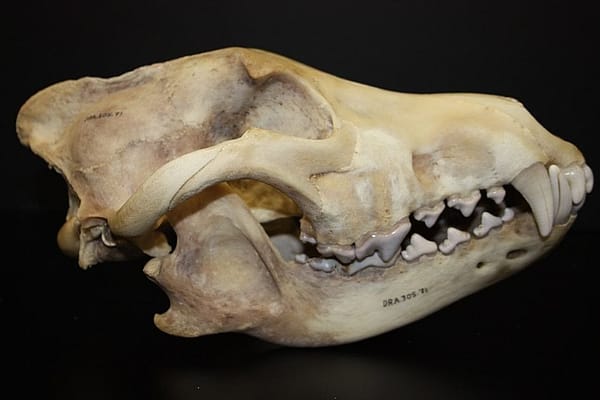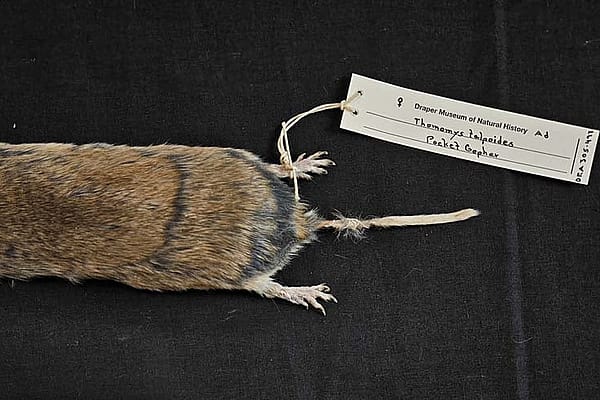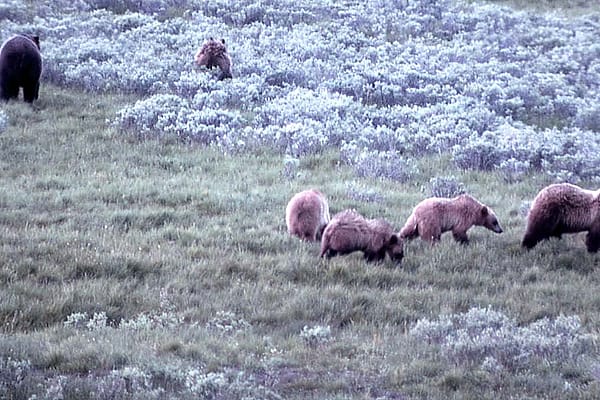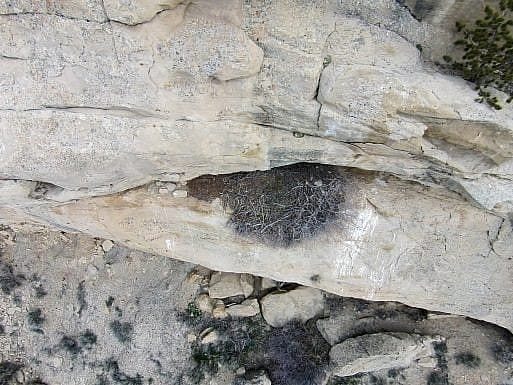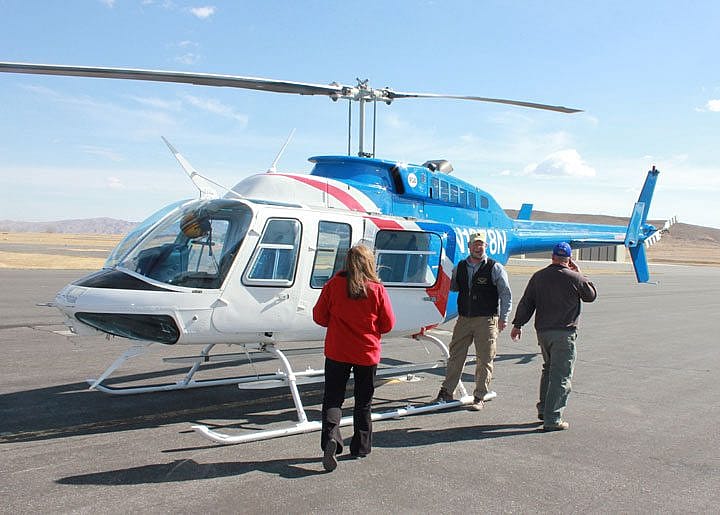
Fieldnotes from the Greater Yellowstone Ecosystem: May 7, 2013
Greetings to all! Today is much too beautiful to be inside, but here I sit in my office awaiting an upcoming phone conference. At least I can write about some recent experiences in the field and anticipate fieldwork later this week. On April 5 we completed early season aerial surveys to determine the status of golden eagle nests in our Bighorn Basin study area. Eagle chicks began to hatch around April 27.
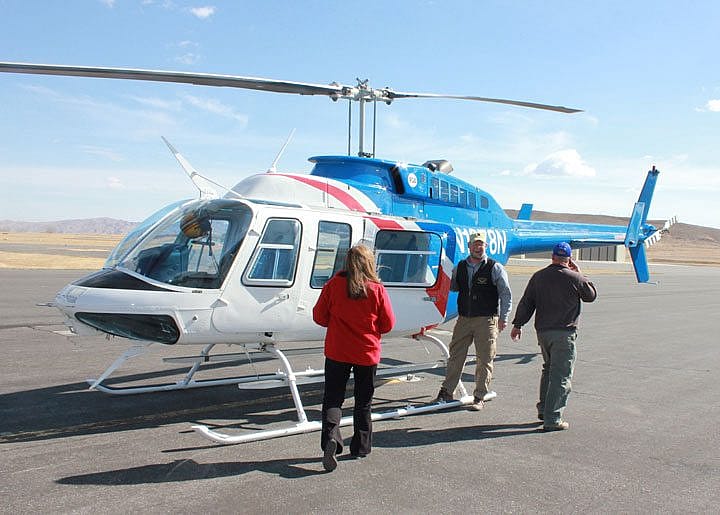
This is the fifth year of our research program to determine the relationships between golden eagle reproduction and various environmental factors in the sagebrush-steppe habitat in the eastern margin of Greater Yellowstone.
At this point, the number of active nest areas is a bit higher than last year, but not nearly as high as 2009 and 2010, when cottontail rabbits were far more abundant in our study area. We’ve seen cottontails crash since 2010, and eagle reproduction has declined similarly. No clear understanding of why rabbit populations in some areas tend to exhibit repeated cycles of abundance and scarcity. Some studies indicate that abundant rabbits deplete and otherwise stress their food plants—possibly causing a significant reduction in nutrition value of the preferred plants, and thus inhibiting rabbit reproduction! Other possible explanations involve increased incidence of disease in a dense rabbit population or even a stress response of rabbits to too many other rabbits, thus inhibiting successful reproduction.
We’re also finding that human activities have caused some eagles to abandon nest-sites, but it is difficult to separate out the effects of natural prey cycles and human-caused interference. It is the interaction of so many factors that makes ecology both an exciting and extremely challenging science! This is also the reason why long-term studies in ecology are so important: …given time, we are much better able to tease apart the effects of confounding factors, like weather, food availability, human activity, etc. on wildlife populations. We’re anxious to begin analyzing data at the end of this year to really begin to understand how the sagebrush-steppe ecosystem functions and what drives and threatens golden eagle populations in the American West.
Stay tuned in the next several weeks for reports, photos, and video from the field reported by our Golden Eagle Posse volunteers and the rest of our research crew. In the meantime, get outside and explore the wild!
Written By
Charles Preston
Dr. Charles Preston served as Senior Curator at the Center of the West and Founding Curator-in Charge of its Draper Natural History Museum and Greater Yellowstone Raptor Experience. He is now Senior Scientist and Curator Emeritus of the Draper Museum.
